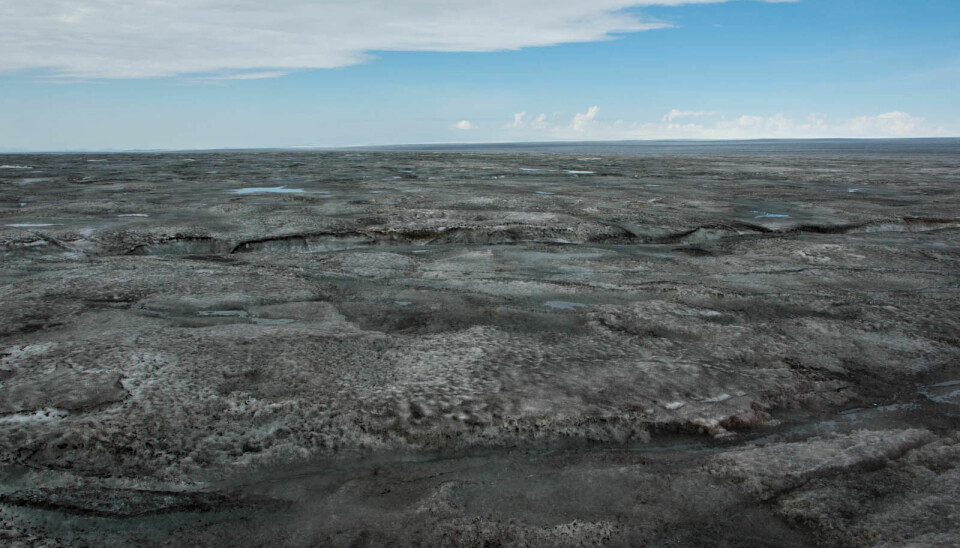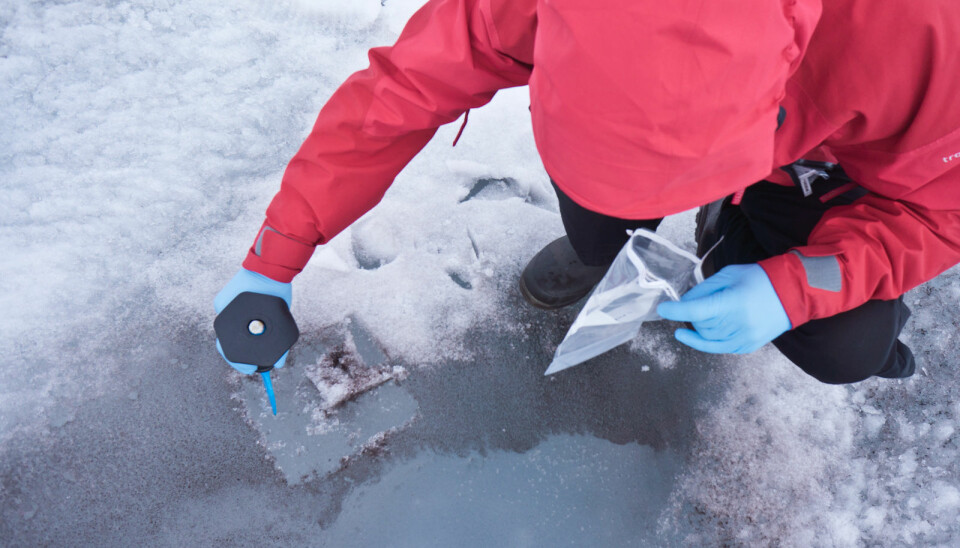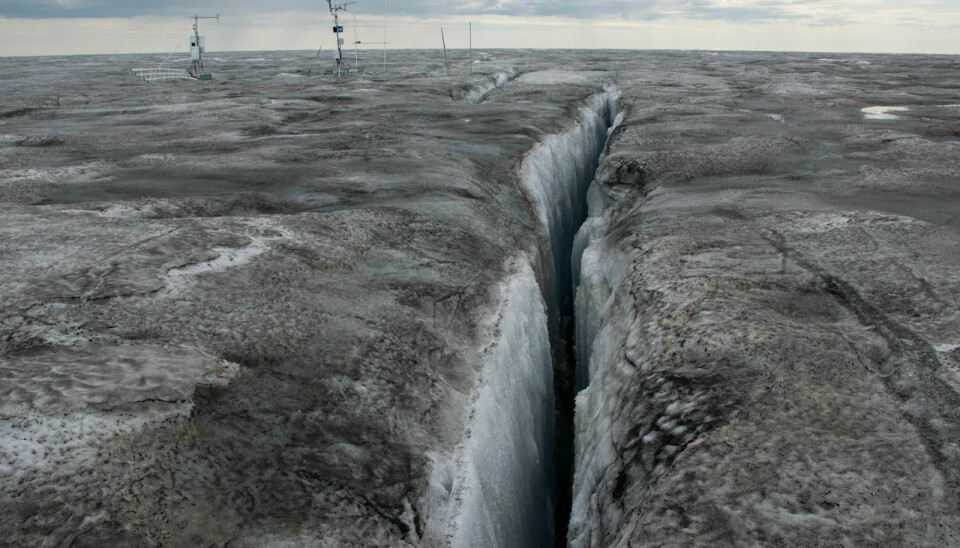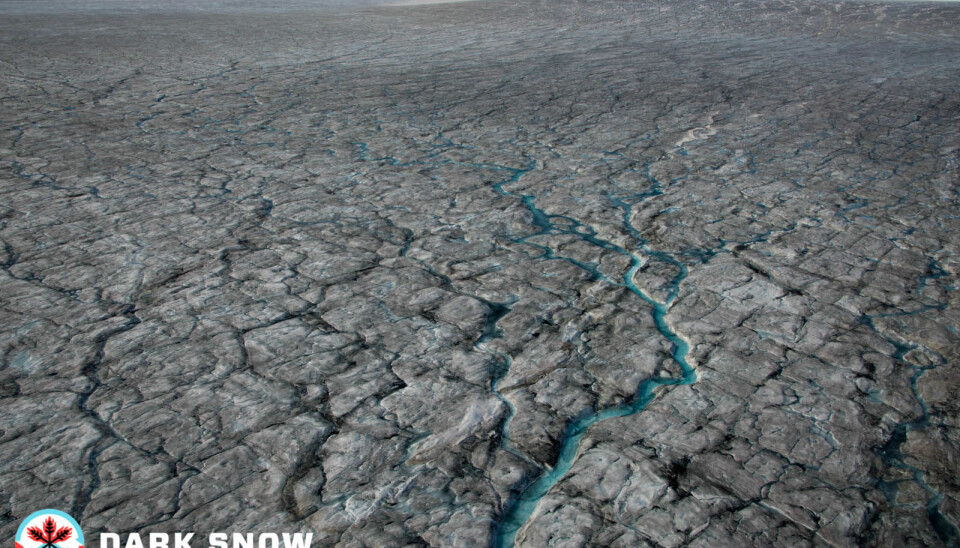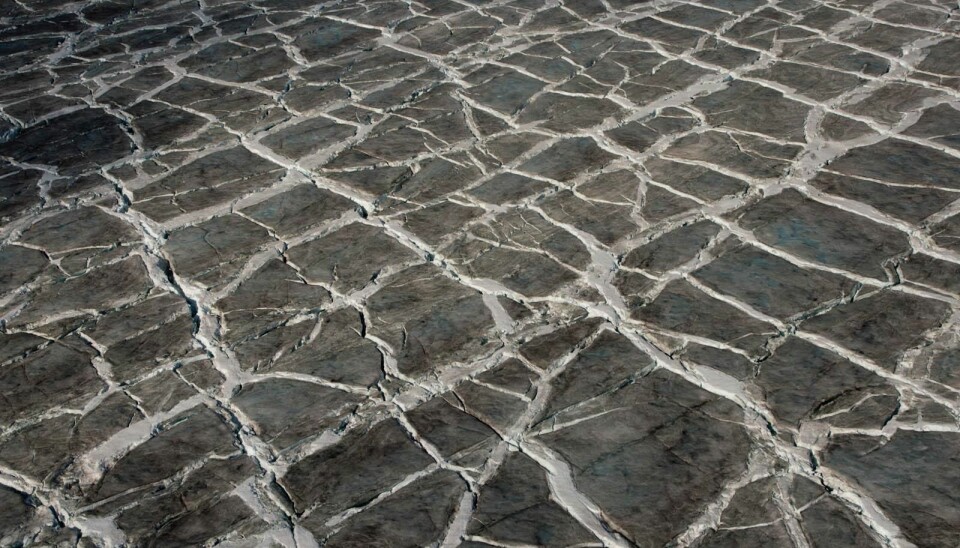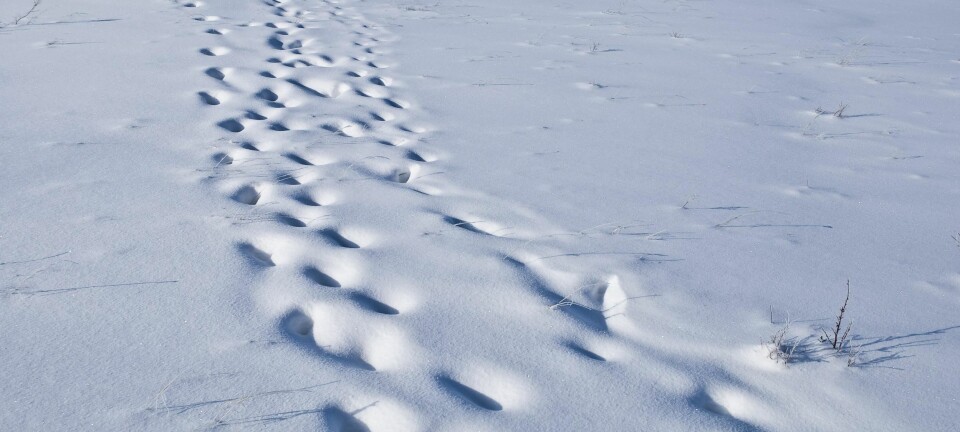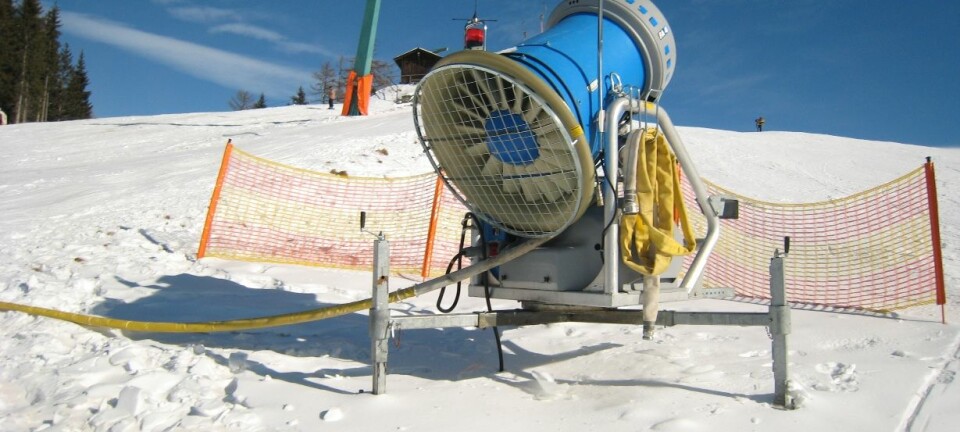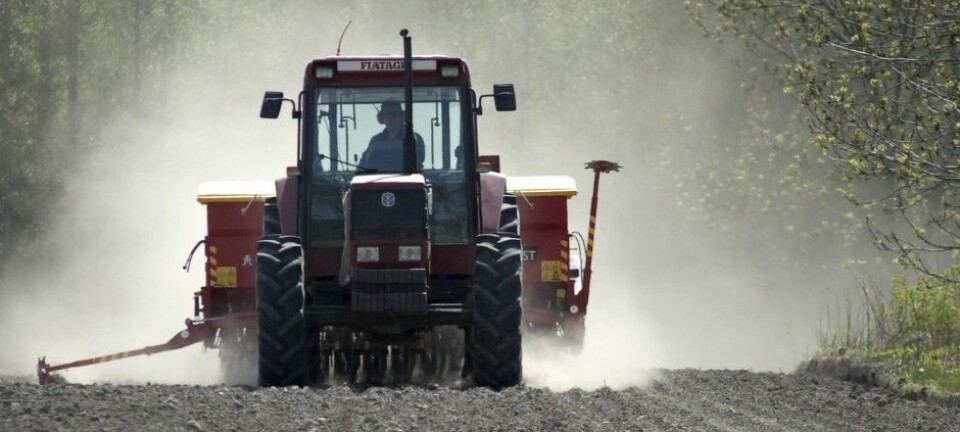Drones discover serious threats to Greenland's ice cap
Danish drones have collected breathtaking video footage of Greenland but the shots documents a deeply concerning development on the ice cap.
In recent decades it has become clear that the ice cap is becoming darker and darker.
The dark colour is partly due to soot from forest fires and other pollution, which is transported by the wind to the ice cap where the black particles become part of the upper layer of ice.
The problem with the dark ice is that it absorbs more heat from the sun and this means that the ice melts faster and that the temperature in the Arctic increases.
Professor Jason Box from the Geological Survey of Denmark and Greenland (GEUS) has recently returned from an expedition to Greenland, where he used drones to collect footage of the dark ice. He returns with bad news.
“The Arctic is warming up twice as fast as the Subarctic, and we think it may be due to the dark ice that absorbs the sun's rays rather than reflecting them as white ice would. Therefore, it is important that we get a better understanding of the significance of the dark ice,” says Box.
A dark circle
There are several reasons why the ice cap is becoming darker. The key reasons include pollen, dust, and pollution from industry and shipping.
Furthermore, evidence points to the influence of forest fires in the northern hemisphere. These fires produce large amounts of carbon particles into the air, which then land on the ice cap.
The ice cap will pay dearly for the record amount of forest fires in 2014.
Higher temperatures provide better living conditions for microbes
Another factor that has attracted Box and his colleagues' interest are microbes such as algae.
They too are dark and have the same effect as the carbon particles. As the ice melts and the temperature rises, they are able to multiply and spread even more. It's a vicious circle, which reinforces itself year after year.
Box's colleague from the recent expedition, Marek Stibal, says glaciologists have overlooked the importance of biological processes, because they seemed insignificant. But that is definitely not the case.
“The microbes are currently getting more space to live and grow and by this minimising ice reflection. Moreover, they are not dependent on being brought by the wind, and it makes their contribution even more significant,” says Stibal.
Drone footage complete the picture
To map the extent of the problem, Box spent the summer in Greenland along with his research team. Here they filmed the ice cap with drones fitted with four different cameras.
The drones are specially made by engineers at the University of Wales, Aberystwyth. The purpose of the expedition was to gather photos and video material from specific altitudes.
The new footage proves a full anpicture of the very serious situation.
“The footage should help us understand the full extent of the influence of the different processes involved -- from Canadian forest fires to understanding the new life conditions for ice microbes,” says Box.
-----------
Read the original story in Danish on Videnskab.dk
Translated by: Louisa Field
